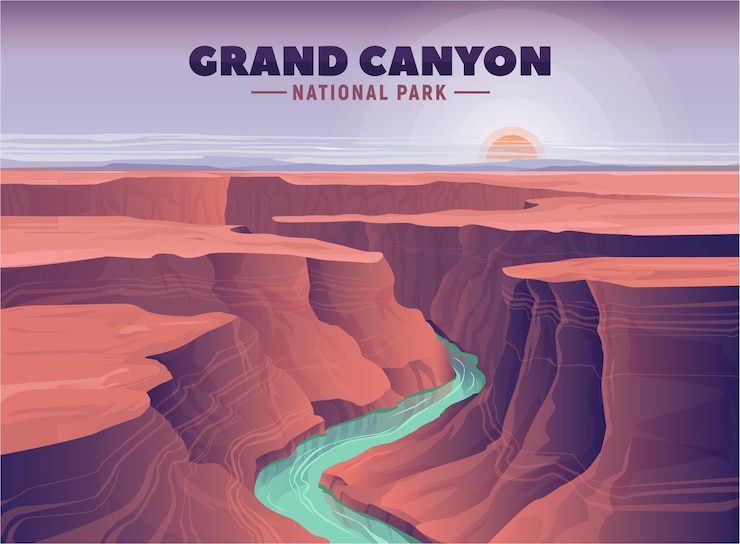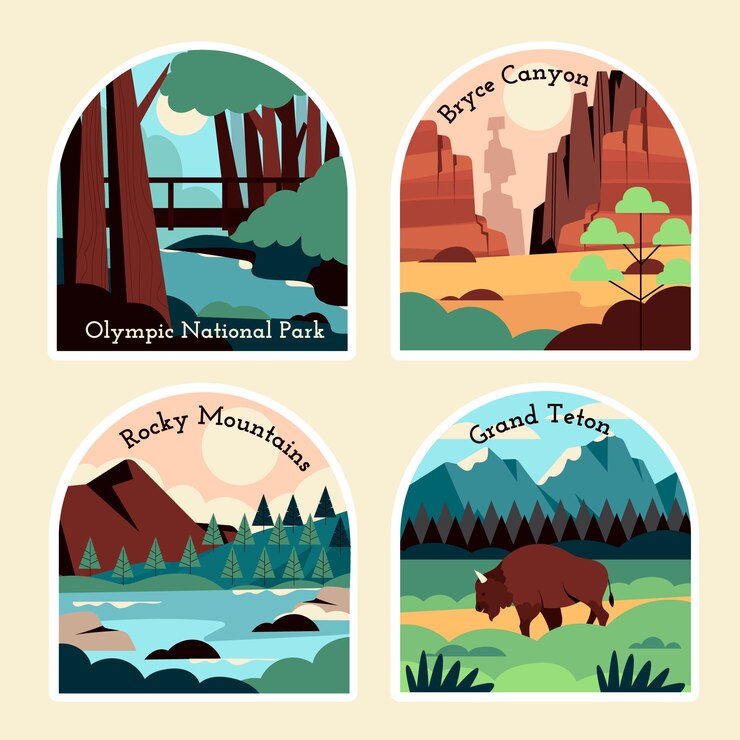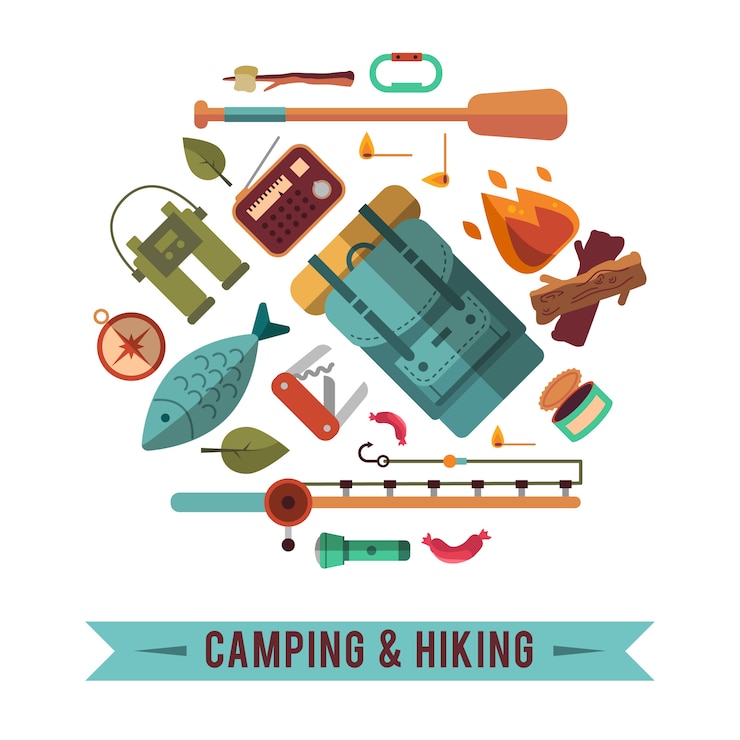
Southeastern Utah boasts some of the most breathtaking scenery in the American West, with towering rock formations amidst rolling hills and arid deserts, creating a truly otherworldly landscape. At the heart of this unique setting is Canyonlands National Park, a stunningly beautiful area that has captivated travelers and adventurers for decades with its rugged, almost primal vistas.
Canyonlands became a national park in 1964 after Secretary of the Interior Stewart Udall saw its striking landscape during a flight to Arizona. Since then, it has become a popular destination for hikers, backpackers, climbers, and outdoor enthusiasts drawn to its unique environments. Writer Edward Abbey once remarked, “there is nothing else like it anywhere.”
Known as one of the premier outdoor playgrounds in the southwestern U.S., Canyonlands offers excellent roads for both paved and jeep adventures. For those who prefer to explore on foot, the park boasts hundreds of miles of hiking trails, many of which are also accessible on horseback, making it a top destination for horseback riding in the region.
Spanning 337,598 acres, the park is divided into four distinct districts, each offering unique landscapes and activities. The Island in the Sky district is known for its scenic drives and easy access, often attracting larger crowds and occasional traffic jams. The Needles offers backcountry hiking and solitude along its four-wheel-drive roads. The Maze is the park’s most remote and wild district, best suited for experienced hikers and backpackers seeking a pristine backcountry experience. The Rivers district highlights the waterways that shaped the landscape, with the Colorado and Green rivers offering great opportunities for rafting, canoeing, and kayaking.
Each district has standout hiking trails that provide a variety of experiences. In the Island in the Sky district, the Upheaval Dome Overlook Trail is a challenging 1.6-mile hike that rewards with breathtaking views. For a more moderate hike, try the 2-mile Grand View Point Trail, which offers stunning vistas of the surrounding gorges and canyons.
The Needles district features the 2.4-mile Slickrock Foot Trail, showcasing geological wonders, and the 8.6-mile Lost Canyon Trail, renowned for its spectacular views. The Maze district offers a range of unmarked routes, including the Maze Overlook Trail, which requires basic climbing skills. A permit is required for overnight stays in this remote area.
In the Rivers district, while focused on water adventures, you’ll also find worthwhile hikes like the 1.5-mile Indian Creek Falls Trail, ending at a 20-foot waterfall, and the half-mile Petrified Forest walk. The 1.3-mile Loop Trail offers a more challenging route that takes hikers over the canyon rim.
For climbers, the Island in the Sky area provides some of the best rock climbing with established routes for all skill levels. No permits are needed unless camping overnight.
Canyonlands does not have food or lodging facilities within its borders, but visitors can camp by setting up their tents. The park offers two designated campgrounds. The Willow Flat Campground in the Island in the Sky district features 12 sites available on a first-come, first-served basis, open year-round for $15 per night. The Needles Campground, with 29 sites at $20 per night, offers some reserved spots through Recreation.gov and amenities like running water and flush toilets.
For backcountry enthusiasts, camping is an option nearly anywhere with a permit, although it’s recommended for those with experience due to the park’s rugged nature.
If camping isn’t your style, nearby towns offer accommodations. Moab is closest to the Island in the Sky district and the park, while Monticello is near The Needles. Green River and Hanksville are convenient bases for exploring The Maze. Since there are no restaurants in the park, it’s essential to bring food and drinks. Packing a cooler with snacks and lunch is advisable, especially if camping.
Getting to Canyonlands adds to the adventure. For those flying in, the main airports are Grand Junction Regional in Colorado or Salt Lake City International in Utah. From there, a car is needed to reach the park. Canyonlands Field near Moab is an option for flights, but they can be expensive. Alternative travel includes taking a Greyhound bus or an Amtrak train to Grand Junction, with shuttle services available to the park. Public transportation doesn’t reach the park, so plan accordingly.
Driving to the park involves taking US 191, which goes north from Moab to reach Island in the Sky or south to The Needles. The roads to The Maze are unpaved, requiring a suitable vehicle, and can become impassable when wet, according to the National Park Service.


